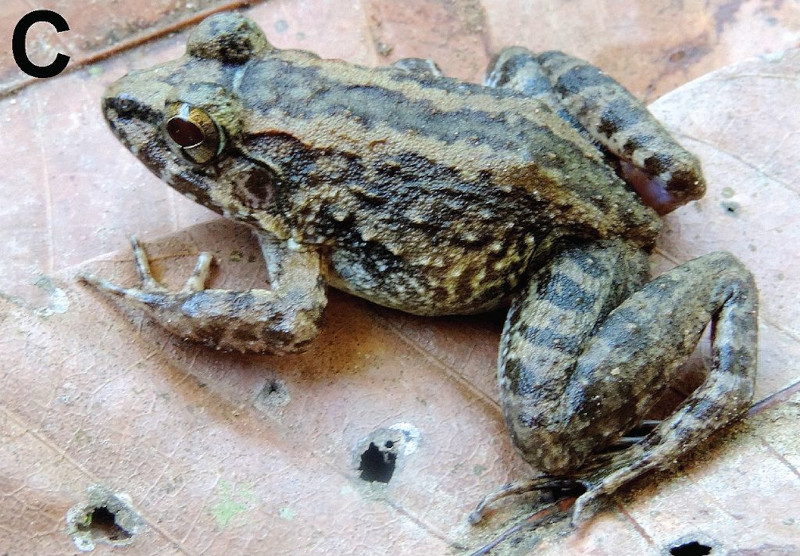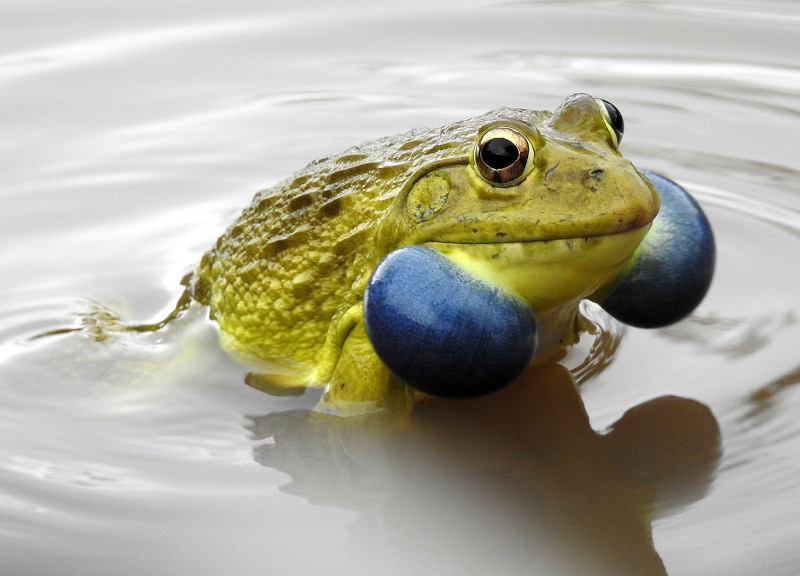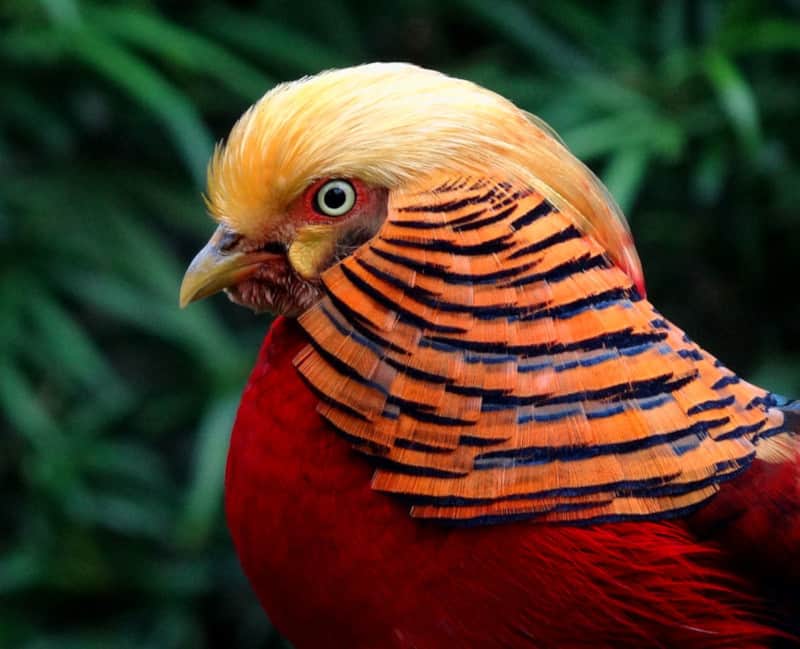
Indian Bullfrog Facts
- Look at the brilliantly contrasting colors of the amphibian understandably known as the Indian Bullfrog. It doesn’t look like it could be real, does it? This gorgeous fellow does, however, represent a relatively large and colorful species of bullfrog.
- Yet, the animal does have several other general titles by which it’s also sometimes referred to. These include such interesting epithets as Asian bullfrog, Indian giant frog, Indus valley bullfrog, Asian river frog, Asian floatind frog, and Tiger frog, among others.
- Inside the scientific community, however, it’s perhaps better known by its technical moniker. That, however, like so many such terms, is an extremely difficult one for the layperson to pronounce. It holds the formal tag of Hoplobatrachus tigerinus.
- Most unfortunately, this highly unique animal also remains endemic to a limited portion of the world. It now seems to have become introduced into Madagascar, though whether intentionally or not currently remains undetermined.
- There, many people consider it to be an invasive species, largely due to its voracious appetite. In some areas in which it appears, though, including the country of Thailand, the marvel of Nature is actually a commercially farmed species.
- For the moment, the fascinating Indian Bullfrog holds the classification of a species of Least Concern with the IUCN. This fortunate status exists largely due to the widespread habitat range, and large population, of the animal.
- Regrettably, however, this status seems likely to change, given, to no great surprise, the rapid degree of habitat loss due to human expansion in its native range. It also now faces the pressing danger of the ongoing effects of climate change.
Related Articles




Indian Bullfrog Physical Description
Quite impressively, the aptly-named Indian Bullfrog fully merits appreciation for more than just its distinctive appearance. That statement holds true due to the fact that it also represents one of the larger of the extant varieties of frog known to man.
It does, however, display a degree of sexual dimorphism. In its case, though, this trait manifests itself in two separate ways. The first of these is in simple size, with males averaging slightly smaller than females. An overall body length equals roughly 6.5 in (16.5 cm).
Colors can vary somewhat significantly between individuals, but olive green and dark yellow predominate. Many specimens further display darker patches. It’s in the coloring, though, that it shows its other manner of gender-based differences.
The male Indian Bullfrog consciously changes its colors to primarily bright yellow during mating season, to attract females. The large bright blue sacs under its jaw also serve to also attract females. Both sexes, however, possess nearly fully webbed toes.
- Kingdom: Animalia
- Phylum: Chordata
- Class: Amphibia
- Order: Anura
- Family: Dicroglossidae
- Genus: Hoplobatrachus
- Species: H. tigeriuns

Indian Bullfrog Distribution, Habitat, and Ecology
The Indian Bullfrog inhabits a comparatively broad swathe of the globe, despite the suggestiveness of its common name. While its range does include the country of India, the creature actually exists in many regions throughout the continent of Asia.
The great majority of its population dwells in the countries of Bangladesh, Nepal, Pakistan, Myanmar, Afghanistan, Sri Lanka, and, of course, India. Smaller known populations of this mighty amphibian further appear in the Maldives and Madagascar.
But in whatever region of the world it inhabits, this work of evolution displays strong preferences for its choice of habitat. As an amphibian, these naturally include moist areas, frequently consisting of freshwater wetlands, including man-made paddy fields.
More specifically, most specimens inhabit bushes and holes located very close to the water. From there, it seeks its prey, being carnivorous in nature, like other frogs. Given its size, it primarily preys on small mammals, invertebrates, and even small birds.
The Indian Bullfrog also evolved as primarily nocturnal in terms of its behavioral patterns. Its breeding season, meanwhile, takes place during the monsoon season. Following mating, the female lays many eggs, but sadly, tadpole mortality rates are high.
Species Sharing Its Range



Check out our other articles on 5 Amazing Fungi of Asia, Golden Northern Bumblebee, Minerva Springs and Terrace, Texas Horned Lizard, Tongue Eating Louse, Outer Banks, Serval, Weka









Leave a Reply